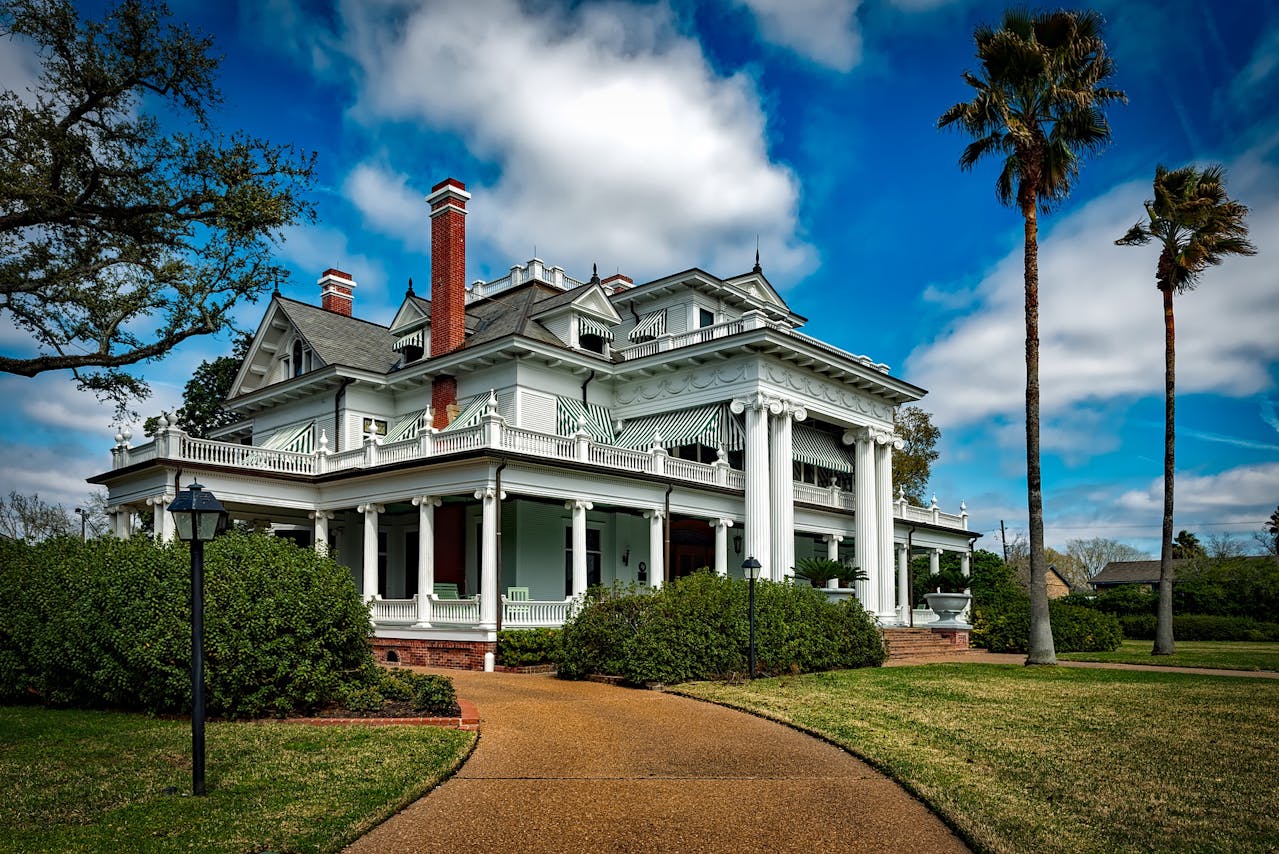Yard House: Give Up Searching for Your Dream House Buy Now
- Give Up Searching for Your Dream House
Yard House
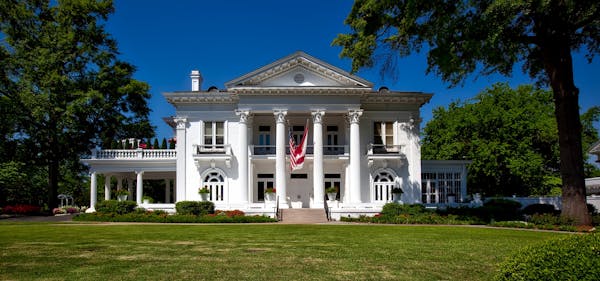
- My house is really unsightly. It appears that an evangelical mega-church was constructed in a residential area, and then an attempt was made to convert it into a single-family home by adding low-cost windows and scallop vinyl roofing.
- Here’s evidence that it’s ugly in case you don’t believe me: Before we put in a lowball offer in early 2023, it had been on the market for nine months in one of the most active real estate markets in recent memory.
- It has many positive aspects, including being roomy, conveniently located, bright, and requiring little maintenance. However, I felt a knot in my stomach when a friend recently asked me if this was my “forever home.”
- Call the mega-church home? Forever? How was I able to? But how could I afford to move elsewhere in this housing market?
Even before the popularity of the HGTV series Property Brothers: Forever Home, the idea of the “forever home” has grown significantly in the last fifteen years or so.
Yard House
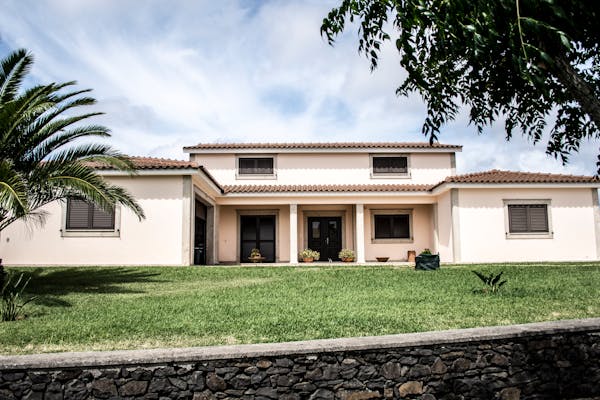
- This is supposed to be your dream home—one that will either be ideal or require a significant financial investment to achieve—where you will raise your kids and realize all of your aspirations.
- It is the antithesis of a “starter home,” which may not exist in the current real estate market and is occasionally mistaken for a “dream home.”
- It’s a rather novel idea.
- If one looks up the frequency of a phrase in printed sources using Google’s Ngram, the term was hardly used until the mid-2000s.
- In 2010, references to the “forever home” began to appear more frequently.
- According to a Zillow analysis, the term was used 5,630 times in U.S. for-sale listings in January.
- Its use peaked during the period that the US economy was still recovering from the Great Recession.
- The housing market was not doing well; prices were still dropping and fewer homes were being sold.
- Matthew Lasner, a professor of built environment history at Hunter College, speculates that real estate agents may have coined the phrase “forever home” to persuade clients that a home’s resale value wasn’t always important.
- “I believe the goal is to persuade people that purchasing ‘now’ still makes sense in light of the low underwater prices, absurdly high prices, or drastically fluctuating prices that we have witnessed over the last 15 years,” he says.
- After all, the perception of a home as a sound investment has been a major factor in the purchase of homes by Americans over the past 50 years.
Yard House
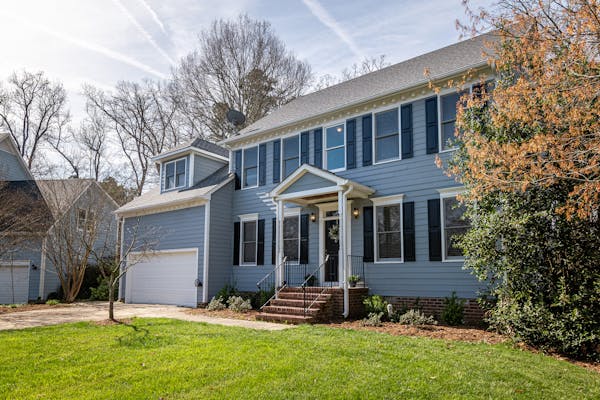
- You could benefit from favorable tax treatment, a government-backed mortgage, and the appreciation of your home.
- In America, owning a home is considered the most effective means of generating wealth for future generations.
- However, from 2007 to 2011, when prices started to decline and the term “forever home” started to gain traction, that was not the case.
- In 2010 it was probably reasonable to assume that a house’s resale value would not be a major concern.
- According to Lasner, there were other considerations at the time that were more significant than resale value and it was impossible to predict where the market would go.
- People could view their home as a “forever home” if they liked the neighborhood, the house, and could afford it.
- They wouldn’t have to worry as much about whether the market would continue to collapse.
- However, considering houses as “forever homes” has become much less relevant since 2020 due to the sharp increase in prices and disappearance of the housing stock.
- If the purpose of it was to reassure homebuyers in 2010 amid an unstable real estate market, it has since taken on a different meaning: it now serves to encourage people to search for the “ideal” home and overpay for it.
- The idea of finding your “forever home” clashes with two stark realities of housing in America today: people still place a lot of value on the appearance of their home and there is currently a severe shortage of housing.
- Following the Great Recession, single-family home construction slowed dramatically, and today there are roughly 7.2 million fewer single-family homes built in America than are required.
- People are paying more for less as a result of this shortage, which is driving up prices at a time when interest rates are rising.
Yard House

- Everyone believes they deserve a perfect house because there is so much information available about what it looks like, but real estate agent Liz Brown of Virginia says she has to continually set lower expectations for her clients when they first start looking.
- According to Brown, it could have been a little simpler to locate the “perfect” home in, say, 2017, when she could show her clients 30 homes within their budget, of which they would have preferred 10.
- These days, she claims, there’s nothing worth looking at, and if a fantastic house does come up, someone willing to pay cash takes it in a day.
- Brown claims that many of her clients don’t realize how much harder it is right now to buy a house and raise their children there, just like their parents did.
- The median single-family home sale price in 2022 was 5.6 times greater than the median household income.
- a 2024 report from the Harvard Joint Center for Housing Studies, higher than any point on record going back to the 1970s.
- However, Brown notes that her clients are reluctant to plan to live in a home for a mere three to five years before selling it and moving on.
- This could be because those who put off purchasing a home until after 2020 are aware of how quickly prices and interest rates can rise, driving them out of the market.
Yard House
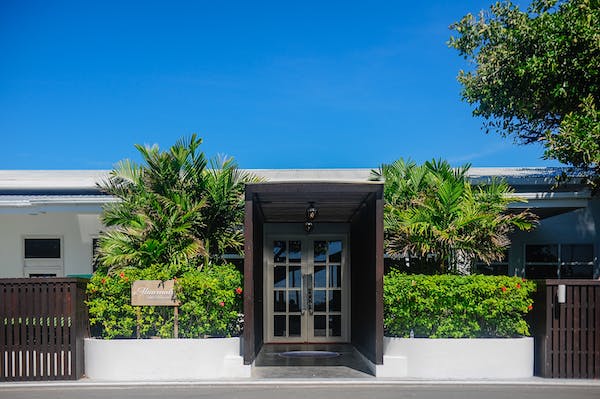
- People are moving less and less as a result. According to data crunched by the home-listings site Redfin, the average American homeowner had lived in their home for 11.9 years in December 2023, up from 6.5 years in December 2005. This is partially due to the fact that almost two thirds of Americans want to keep their sub-4% mortgage rate.
- But Americans had been relocating less frequently even before rates fell to all-time lows. Between 1945 and 1990, between 15% and 20% of Americans relocated annually.
- Since then, the percentage has been continuously falling, and it currently stands at about 10%.
While I don’t think that waiting for the ideal house is the only reason Americans don’t move, it doesn’t help to constantly strive for perfection. - In 2022, a survey conducted on behalf of the moving company Mayflower revealed that 81% of respondents cited the search for their “perfect forever home” as the primary motivator for purchasing a property.
- It’s understandable that people would want to invest all of their money in something “perfect” given that housing costs account for such a large portion of American income.
- With the rise of HGTV and Instagram, we are exposed to beautiful homes and are led to believe that it is possible to transform an ugly house into a dream home in a matter of 30 minutes.
- According to Lasner, the professor at Hunter College, “it’s about the photographic nature of culture in the age of the Internet.”
